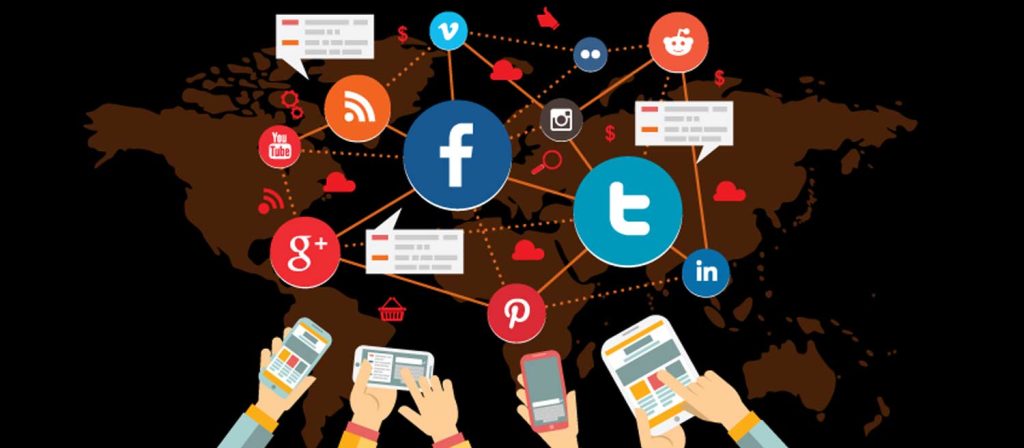The advent of 5G technology is revolutionizing telemedicine, enabling faster, more reliable, and highly interactive remote healthcare services. With its ultra-low latency and high-speed data transfer, 5G enhances the quality of real-time consultations, remote monitoring, and even virtual surgeries. As networks evolve beyond 5G, healthcare delivery is poised to become even more seamless and accessible.
Telemedicine platforms benefit significantly from 5G’s capacity to support high-definition video calls without interruptions. This ensures that doctors and patients can communicate effectively, making remote consultations almost indistinguishable from in-person visits. The reliability of 5G connections is especially critical for areas where stable internet has historically been a challenge, enabling broader access to healthcare services.
Wearable health devices also leverage 5G to transmit real-time data on vital signs, such as heart rate, blood pressure, and oxygen levels, to healthcare providers. This continuous monitoring enables proactive interventions for chronic conditions like diabetes or cardiovascular diseases. In emergency situations, first responders can share live data and receive guidance from specialists, improving patient outcomes.
The enhanced bandwidth of 5G and emerging technologies like edge computing facilitate more complex applications in telemedicine, such as telesurgery. Surgeons can operate remotely using robotic systems with minimal delay, expanding access to advanced procedures in underserved regions. These capabilities are further bolstered by advancements in haptic feedback, which allows surgeons to “feel” the surgical environment, enhancing precision.
Beyond 5G, the development of 6G and advanced satellite internet systems will push telemedicine into new realms. These networks promise even greater speeds, enabling large-scale data sharing, such as genomic information, in real-time. AI integration with these networks will further improve diagnostics and treatment, making healthcare more predictive and personalized.
Despite the promise, challenges remain. Ensuring equitable access to 5G infrastructure, particularly in rural and low-income areas, is critical to bridging the healthcare divide. Security concerns, including the risk of data breaches, require robust encryption and compliance with privacy regulations. Additionally, integrating advanced technologies into existing healthcare systems demands significant investment and training for medical professionals.
5G and its successors hold the potential to transform telemedicine into a cornerstone of modern healthcare. By improving access, enhancing capabilities, and enabling new innovations, these technologies are set to redefine how and where healthcare is delivered, ultimately ensuring better outcomes for patients worldwide.
From Our Editorial Team
Our Editorial team comprises of over 15 highly motivated bunch of individuals, who work tirelessly to get the most sought after curated content for our subscribers.



